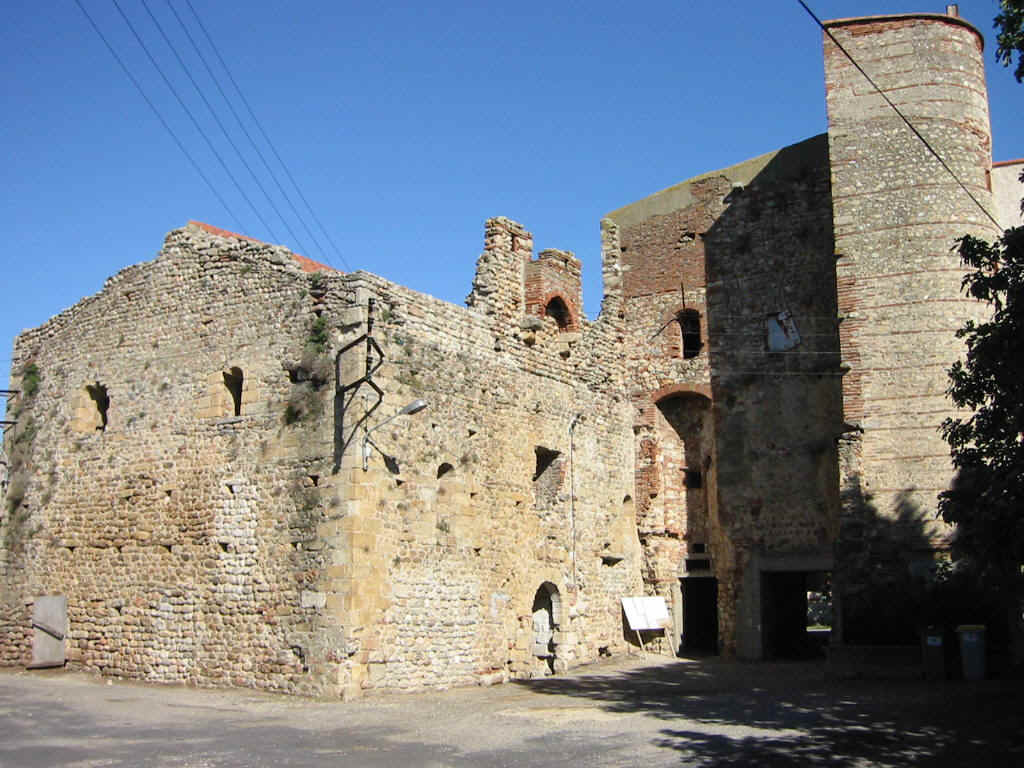
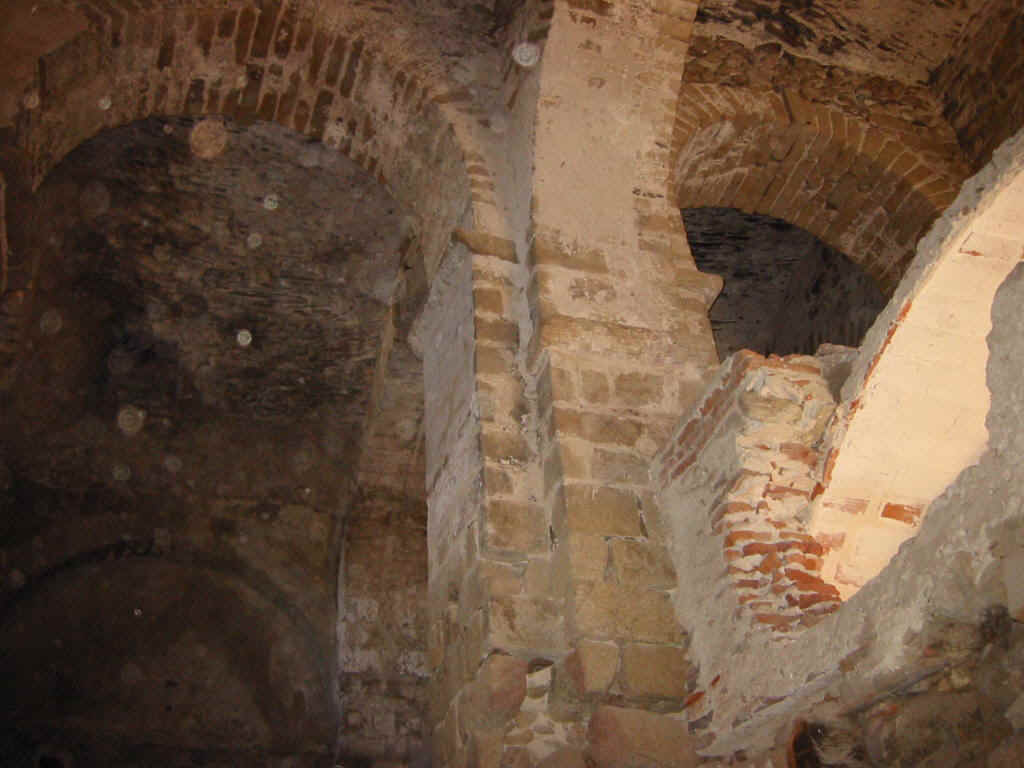
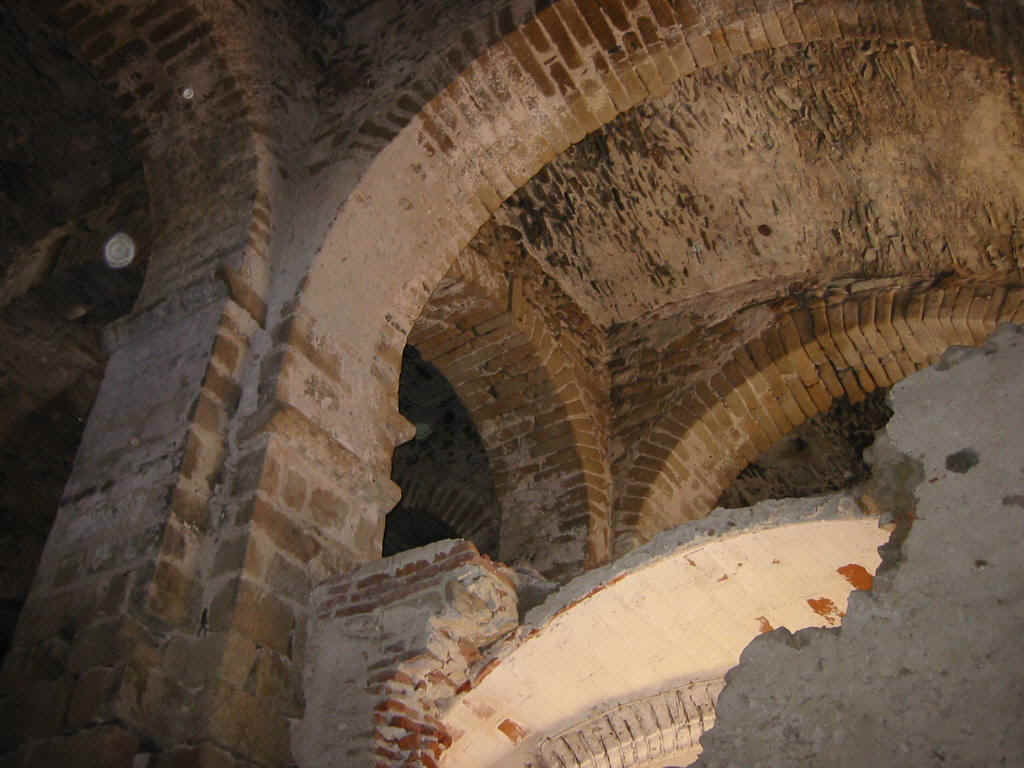
The site would be of Roman origin but it was first
mentioned in 897 with the name of 'Tacione'. During the medieval period, the castle of
Taxo was the birthplace of a family holding the title of Viscount of Roussillon. It has
important remnants. Still stand part of the crenellated surrounding walls dating from the
11th century and two semi-circular corner towers which were built later. A
15th-century cylindrical tower can also be seen, probably in relation to the signal
stations of La Massane and Madeloc.
In the centre of the fortified enclosure stands a surprising chapel dedicated to Saint
Martin and the Holy Cross. This edifice was first mentioned in 1145 but its
construction might date from the 11th century. The chapel of Taxo is a single
edifice according to its plan presenting two naves having the same dimensions
and a single apse. After the French Revolution, the church loses its role of place of
worship and is converted into a sheepfold. The building will have this
agricultural function until the 1980s.
Several openings had been made on the exterior walls to be used as doors or
windows, but they had been closed. The roof has been restored recently in order to protect
the edifice and adjoining buildings from water.
Origins
Taxo is a village cut into two. The Avall part makes opposition to the Amont part. Nowadays, both Taxo are attached to different communes of supervision.
Taxo d' Avall is thus a place known as of Argelès on sea. Its Catalan name is Tatzo d' Avall.
History
The territory of Taxo d' Avall is a site protohistoric. Indeed, it was found there traces of habitats dating from the bronze age.
But the village itself appears in the history only into 897, in a document locating it under the name of "Villa Tacione Subteriore". Note the word "Subterior" ("higher"), which will be at the origin of the name "of Avall".
The seigneuriale family which was formed during X E century obtained a great
power. Taxo becomes one vicomté since 1013 and the village is equipped quite naturally
with a castle.
It is certain Guillem which became Viscount of Tatzo under the name of Guillem 1 er .
With its death in 1052 Udalgar 1 er took its title. In the neighbourhoods of
1082 one finds a document where it lends oath of fidelity to Guilabert II, count of
Roussillon.
In 1082 Udalgar dies, leaving the viscontal throne to his/her son Hugues 1 er (death
in 1102), then with his/her brother (death in 1106). The capacity is allocated then to the
girl of Hugues 1 er , Jordana, which married with a member of the family of
Llupia. This one, perhaps influenced by her husband, disputed with the count of Roussillon
his grounds of Pujols, near to Taxo. The discord was stopped the 7 of the calends of
November 1143, date of the agreement signed between Bernard de Llupia and Gaufred count of
Roussillon.
In 1145 Jordana dies and leaves the place to his/her son Hugues II who will reign until
1163, then will be his son Ramon II until in 1176 and finally Ramon III until 1251. From
there the direct descent of the family of Taxo to the profit of that of Llupia stops.
Meanwhile in 1172 Roussillon passed under the cut of the count de Barcelone.
Thereafter the capacity of Taxo strongly decreased. In 1367 the village was mainly ruined by the invasion of the mercenaries of Charles V whom it sent in Spain to help the fight of Henri de Trastamarre against Pierre de Castille.
Towards the XIV E and XV E century, the seigniory of Tatzo d' Avall passes to the hands of a branch of the family of WHO. In 1653, the lords of Tatzo take part in the revolt of several noble Catalans against the authority of king de France, but after their defeat, they will lose their goods and the seigniory of Tatzo will pass between the noble hands more faithful to the king (the count de Noailles in 1656, the baron de Monclar in 1668).
The Castle
The castle of Tatzo is at the village. There remain about it preciously preserved ruins, especially part of the crenelated enclosing wall dating from the XI E century and two turns of semicircular angles built thereafter.
The castle was also equipped with a circular tower with signals dating from the XV E century. The sight makes it possible to say that it was in relation to that of Massane and Madeloc .
The Vault
The vault castrale is the initial church of the village. It is made up of two identical naves and an apse. Dedicated to St Martin and Ste Cross, it dates from the XI E century according to its Romance construction. A document attests it in 1145. It will be transformed into sheep-fold with the French revolution, role which it will preserve until 1980. It from now on is restored.
How to get there:
The vestiges of the castle of Taxo d'Avall are situated to the north of Argelès, on the edge of RN114. To reach the castle from Argelès village, follow route d'Elne and avenue d'Hürth towards Perpignan. Before reaching the two-lane road, at the roundabout, follow the signpost 'Taxo d'Avall'.
 |
 |
 |
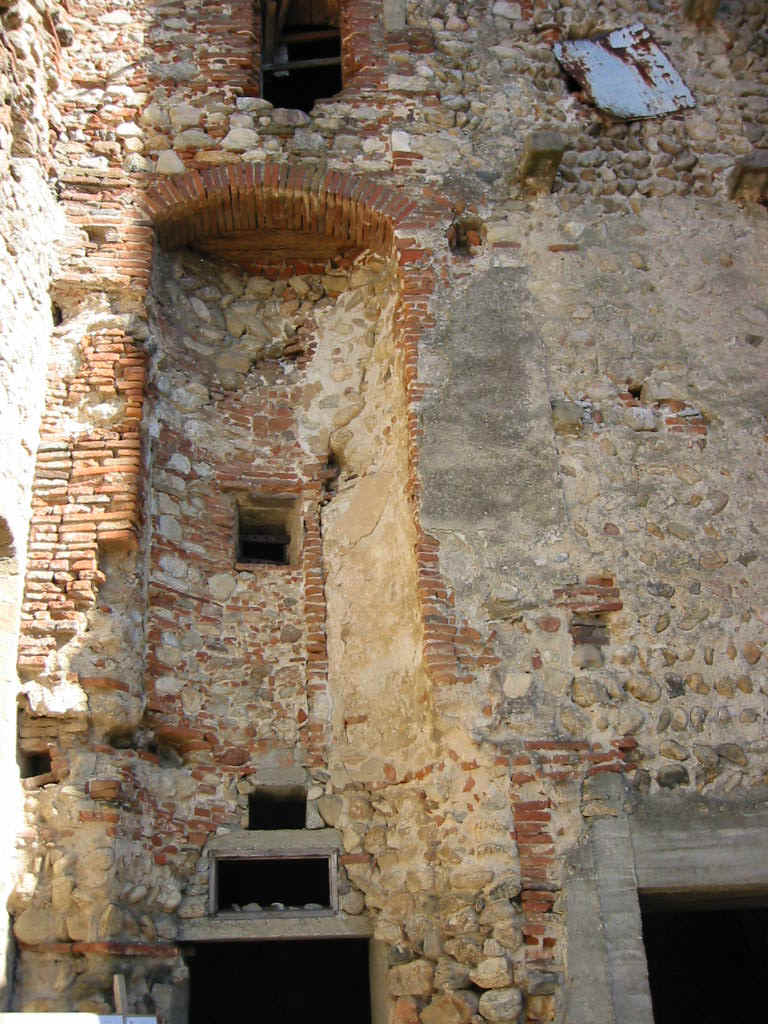 |
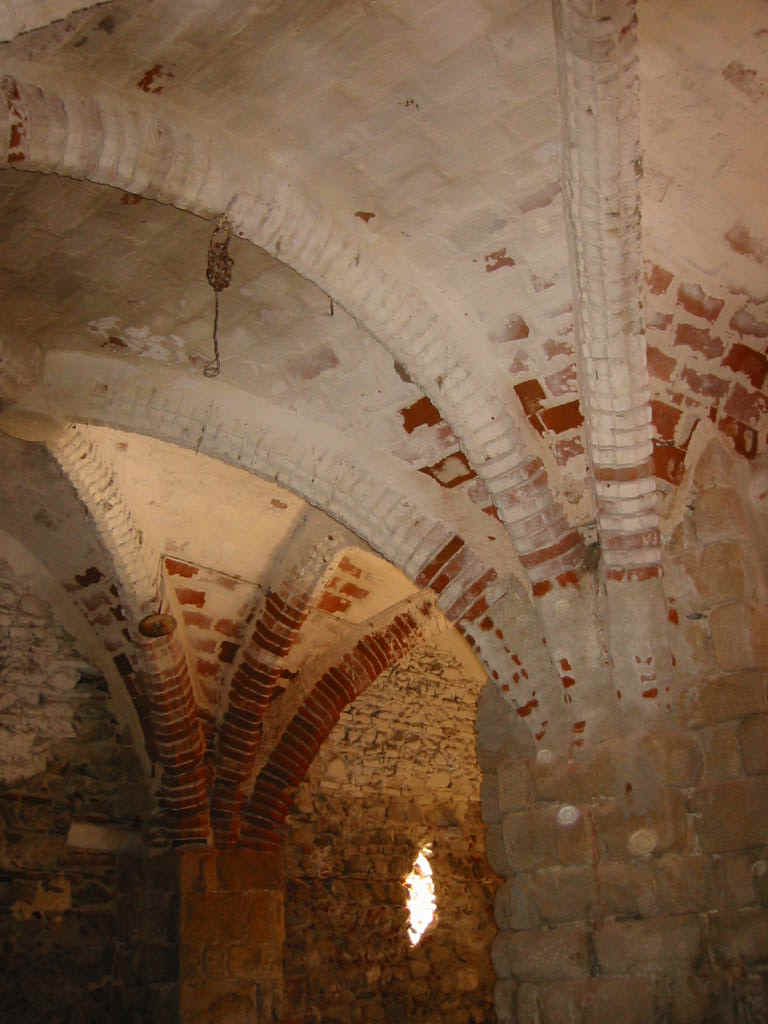 |
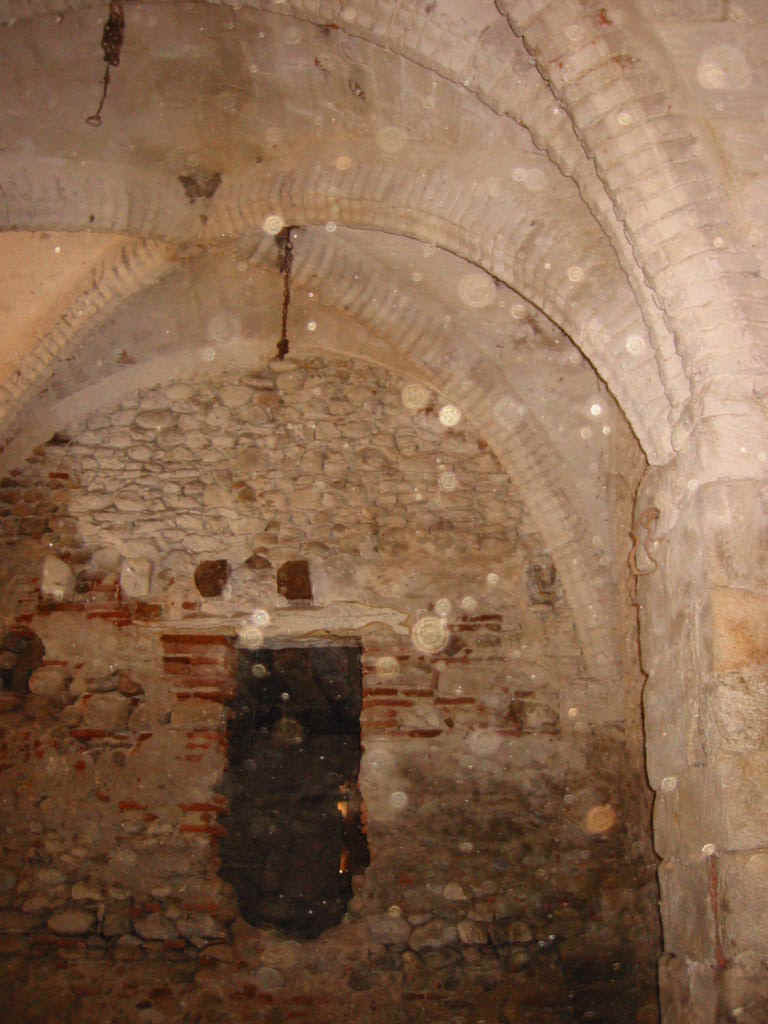 |
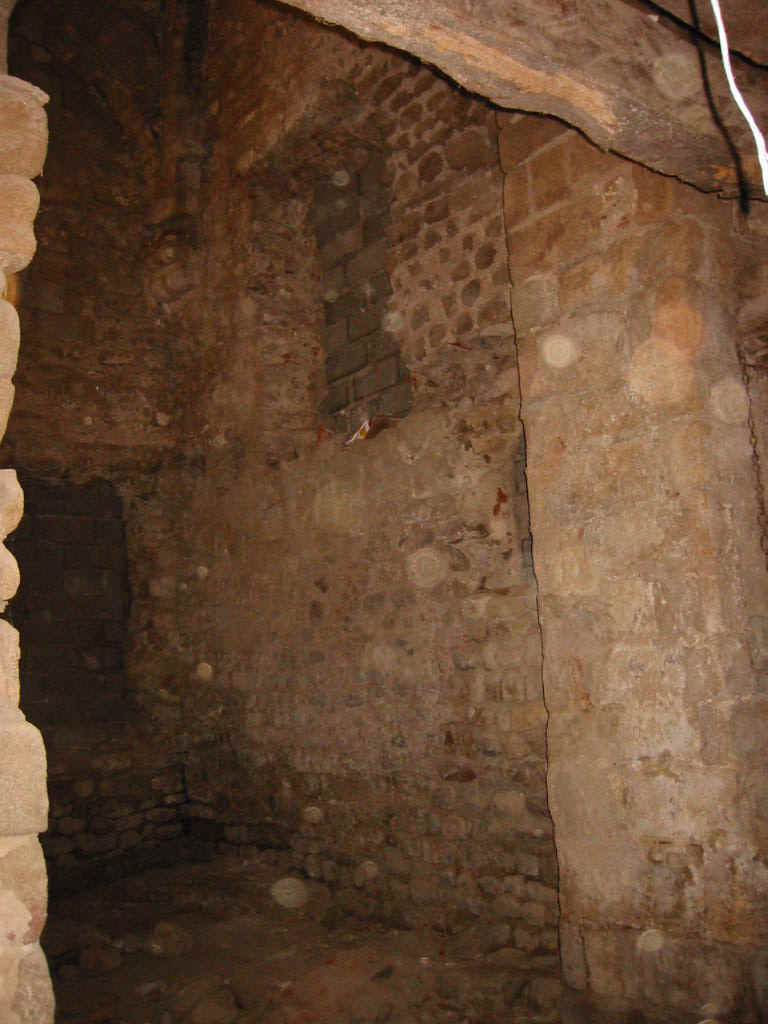 |
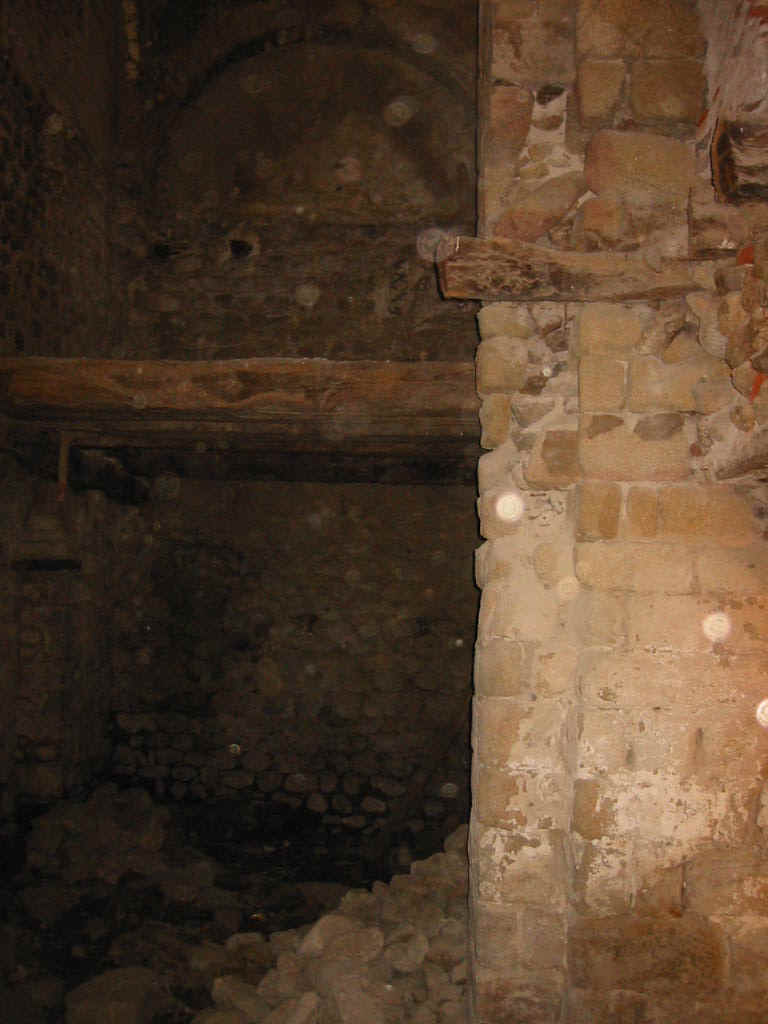 |
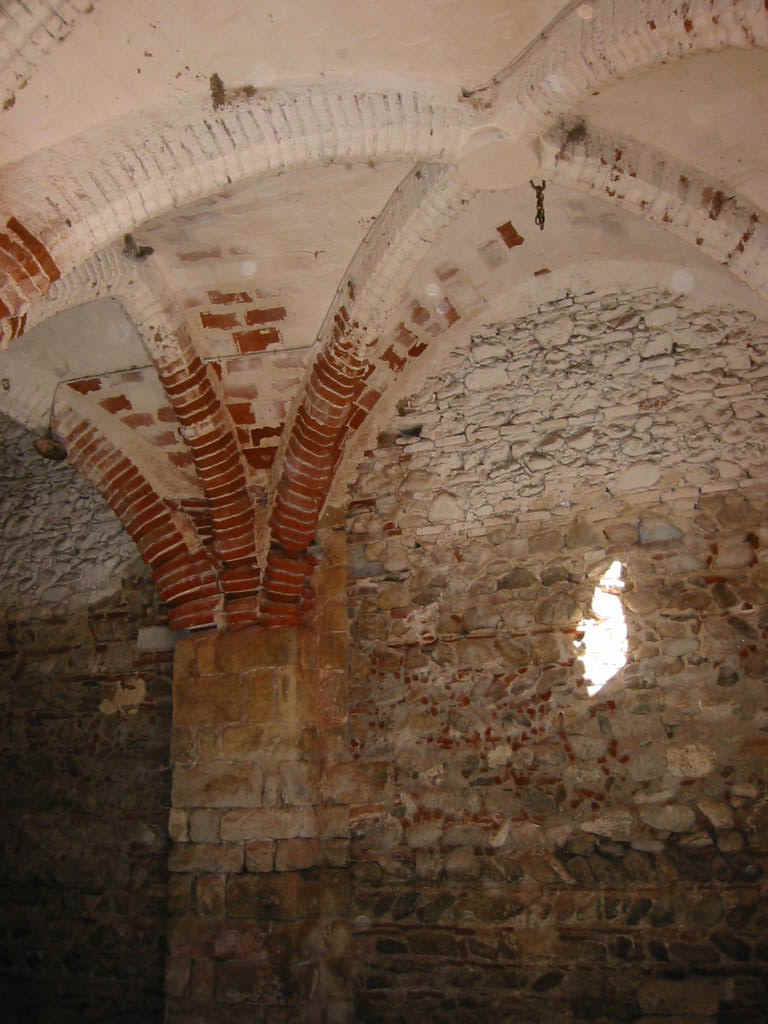 |
| Click 4 a Calendar | Click 4 a Currency Converter | Click 4 a Calculator | Click 4 a Translator |